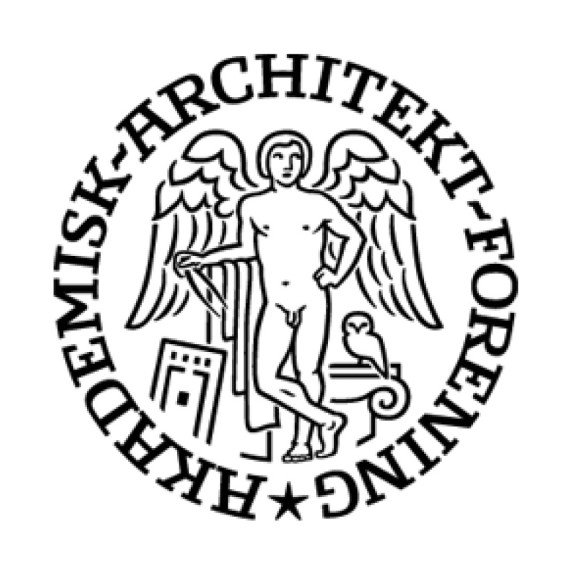
BBJ in debate on architectural policy
The Danish Association of Architects, the City of Copenhagen and other institutions are regularly contacted by organizations and individuals from abroad that are interested in hearing more about Denmark’s architectural policy. And architectural policy initiatives, urban development and new construction are relatively big topics in the public debate in Denmark, compared to many other countries we typically compare ourselves to. But what role does architectural policy play for the architectural profession?
Denmark’s national architectural policy states that ‘Architecture is for people. It sets the framework for our lives and it affects us with its values and ideals.’ In other words, architecture plays a pivotal role in society. ‘Danish architecture and design on all scales has helped shape our welfare society into a form that is characterized by humanism.’ A point that is underscored by the Danish contribution to the Venice Biennale this year.
However, there are several paradoxes lurking behind the good intentions. If architecture and planning really are a pivotal factor in our welfare structure – why, then, are they subjected, time and time again, to the same market conditions that are documented to give a small number of big developers and investors exclusive access to reaping the benefits of huge values generated by society at large? If urban development is a common project, why, then, is the public sector so consistently sidelined?
And what does it mean when the architectural policy notes that architecture, like design and fashion, ‘is one of the creative industries where Denmark has particularly strong and internationally renowned competencies and where increasing international demand creates increased opportunities for revenue and export?’ And how does one export thoughts and ideas about democracy and a welfare system to states that actively seek to defeat the self-same values and political ideas?